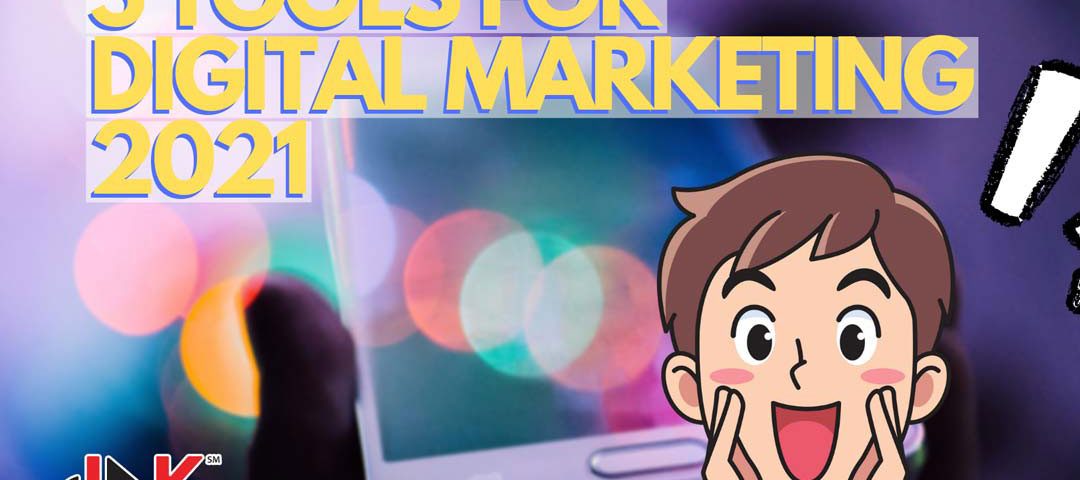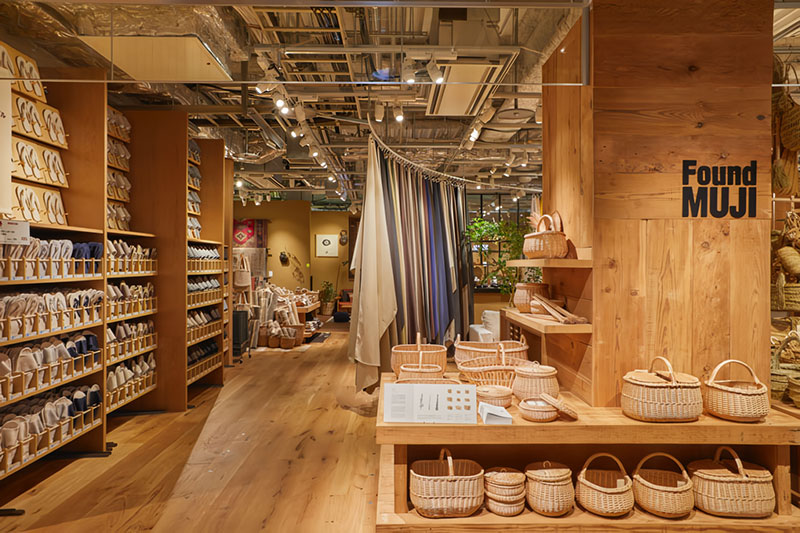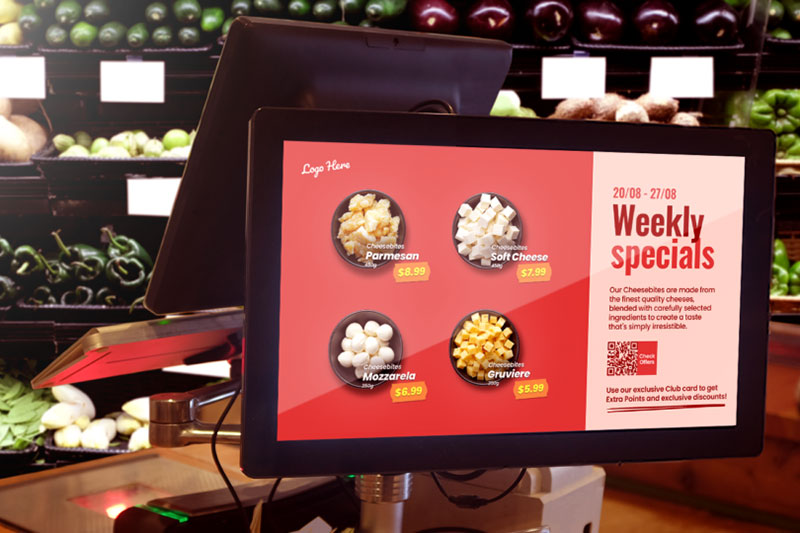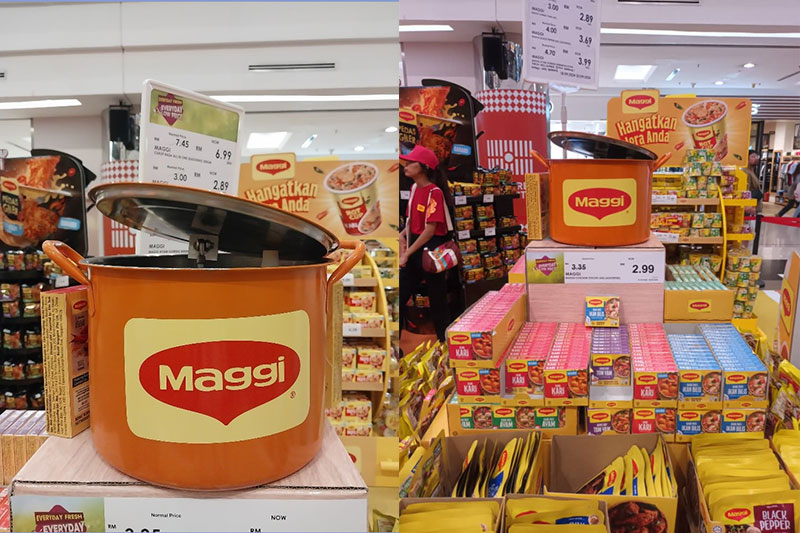
The year ahead promises great returns for marketers that are willing to update their approach to digital marketing.
Driven indoors in 2020 by a global crisis, there has been a great exodus offline for both customers and brands alike.
As marketers, we need useful tools to make it give us the much-needed leverage in order to seize the opportunities and face the challenges confronting us.
Are you ready to get more juice out of content development, social media, and web analytics for your brand?
You’re going to want to take a look at these 5 tools:

1. User-Generated Content: For authentic (outsourced) creativity
Several years ago, Apple introduced their “Shot on iPhone” campaign which showcased the creativity of its customers globally (including both amateur and pro photographers) to showcase the technical quality of their iPhone cameras.
As a result, Apple reinforced a tribal mindset within its customer base while improving word-of-mouth social proof for its brand in the face of objections against the quality of its phone cameras.
User-generated content comes by more readily nowadays. With easy access to a myriad of tools for photo and video editing, as well as image and illustration design, customers can generate content that is useful to brands.
Not every customer that shoots videos with their phone can be an influencer for a brand, but it can still share engaging content from its customers to become more inclusive, humanize its voice, and develop trust with its audience.

2. Instagram Reels: Playing TikTok’s game
Short-form videos have taken over social media. Nothing speaks to this more than the launch of Instagram Reels late last year. For the uninitiated, this can be another confusing tool on social media that’s… virtually the same as Instagram Stories? Well, not really; it’s essentially Instagram’s answer to the phenomenon that is TikTok.
In the past, the platform launched IGTV as its answer to YouTube, followed by Stories to mirror the popularity of Snapchat’s content format. IGTV hosts long-form videos, while Stories are short-form videos (in 15-second chunks) that disappear after 24 hours.
Brands should get on TikTok. Users can post up to 60-second videos which give them more room than the 30-second duration limit on Reels.
TikTok boasts a wider variety of visual filters and templates, besides more audio effects, tools, and other interactive features. But for brands that haven’t yet set up shop in TikTok, there still is plenty of organic growth to be had by taking advantage of Reels.
The content curated for users by TikTok’s algorithm is very much tailored to their interests, but for Reels, it is pretty much free-for-all at this point, so brands can get themselves noticed too at a higher level of exposure. There’s no harm being on both platforms.
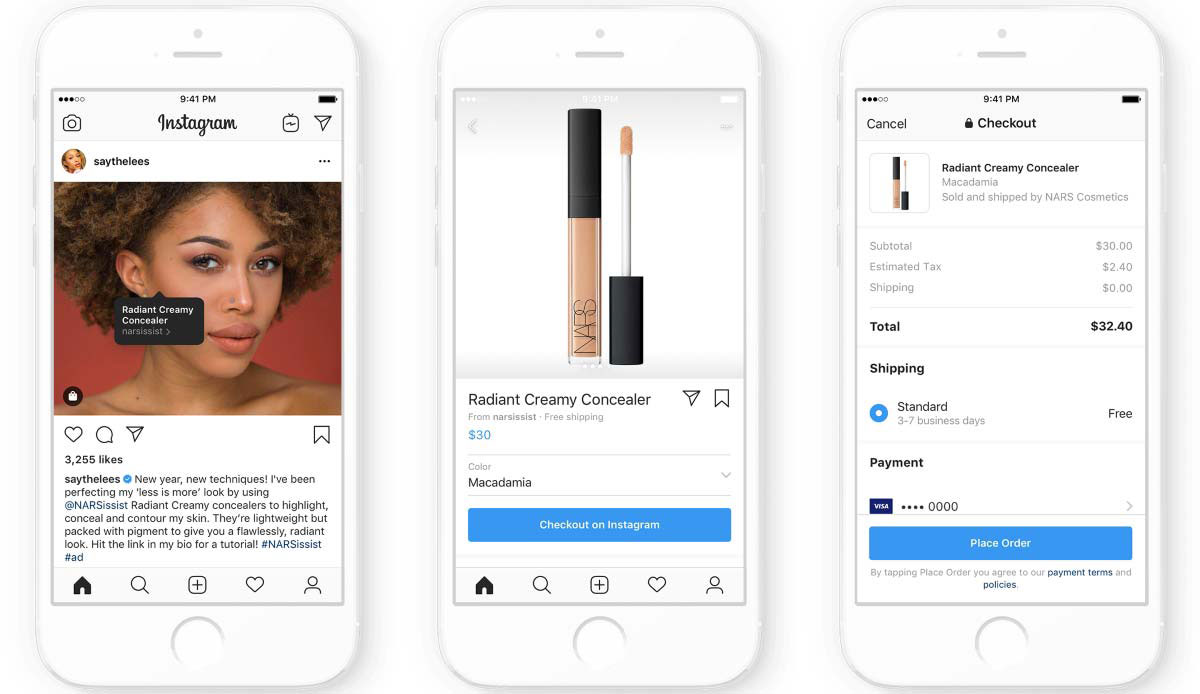
3. Shoppable posts: Faster shopping online
Good content development and delivery on social media could now mean directly closing sales. Shoppable posts are introducing marketers to the power of social commerce for their brands, by fitting the entire online shopping process into a single-app experience. This has been enabled by Instagram Shops, Facebook Shops, YouTube’s shoppable ads, and Pinterest Shopping Ads.
YouTube and Pinterest rely on ads but Instagram and Facebook lean on more customized shopping by allowing users to shop from business accounts they already follow.
The challenge for brands is to focus on crafting shoppable posts that are persuasive enough for their audience to hit checkout after viewing and considering the details of their promoted items.
Pair shoppable posts with the rise of hometainment shopping brought about by people seeking stuck-at-home entertainment during the pandemic and you have brands that need to up their game in terms of their bottom-funnel marketing. How can they communicate rich value to their audience from their catalog of products and services?

4. Google Core Web Vitals: How healthy is your website?
All the talk about content and social media makes it easy to overlook the importance of Page Experience in search engine optimization (SEO). Google defines it as such:
“Page experience is a set of signals that measure how users perceive the experience of interacting with a web page beyond its pure information value. It includes Core Web Vitals, which is a set of metrics that measure real-world user experience for loading performance, interactivity, and visual stability of the page. It also includes existing Search signals: mobile-friendliness, safe-browsing, HTTPS, and intrusive interstitial guidelines.”
The search giant also considers the interactive experience of a website in how it is ranked for search visibility, using a set of metrics called Core Web Vitals. In other words, does your brand boast a robust overall design for its website? The value of the information in any given page remains the top priority for Google’s search algorithm, but to get that extra edge in search, brands have to evaluate the PC and mobile user experience of their websites.
Google’s Core Web Vitals is not a tool for brand per se. They open the door for brands to analyze what they could be doing to assess and fix user experience problems, utilizing tools for web developers including Web Vitals browser extension, PageSpeed Insights and Google Search Console, among others.
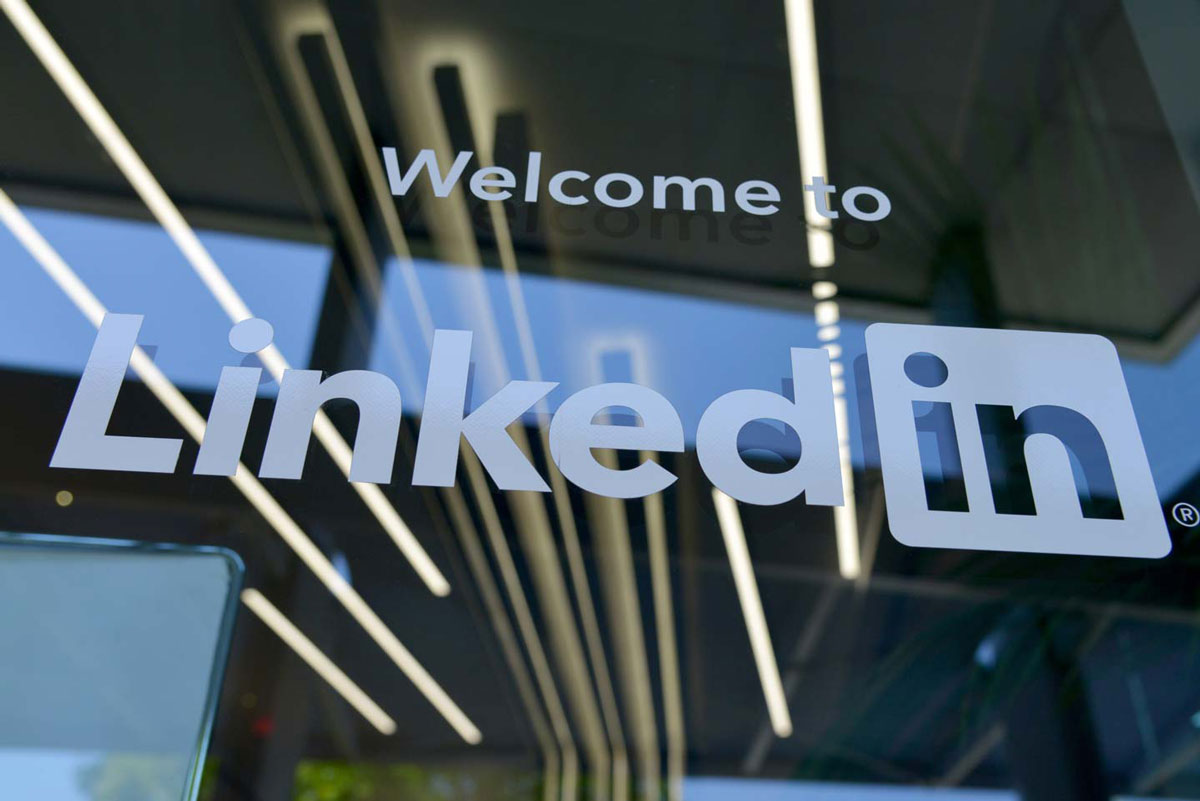
5. LinkedIn: Is your brand interactive enough?
LinkedIn is and has been an amazing platform for professionals, job seekers, and recruiters to connect. It is a hotspot for networking and matching people with the right jobs. Moving forward, it is also becoming a good place for brands to interact with consumers in ways that allow them to engage effectively, build their following and strengthen brand loyalty.
Unlike Facebook and Instagram, attention isn’t saturated yet in LinkedIn, so the cost for visibility is low and the potential for organic growth is high. And it’s a good time to make their voices heard as remote (home) working is pushing people to engage with the platform in droves.
It’s also a good place for brands to spotlight their values as users in LinkedIn have broadened the professional talk to include conversations about wider social, political, and economic issues. The launch of features such as LinkedIn Stories, Live, Polls and Events enable marketers to seize the opportunity to grow on the platform. It is the best time to connect with audiences through thought-provoking discussions and polls, insightful vignettes, and inspiring stories.
The right tools for the season
Mark Twain once famously quipped:
“To a man with a hammer, everything looks like a nail.”
That wisdom also applies to marketing. Known as the law of the hammer or the idea of the golden hammer, it is when people keep reusing familiar tools for entirely new problems even when proven to be ineffective.
In the area of digital marketing, the recent pandemic is a lesson that we ought to always expect and be prepared for disruptions, big or small.
The same tools that served marketers yesterday may not serve them well tomorrow. The best practice is to continually learn new tricks and adapt to new tools and leverage the one that best serves one’s brand toward reaching its strategic goals.
Are you ready to master the tools needed for brands to survive and thrive in 2021?

